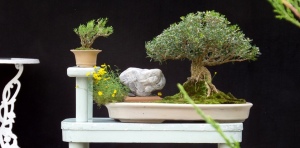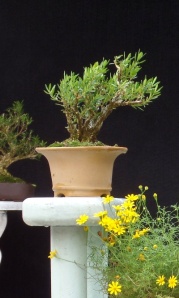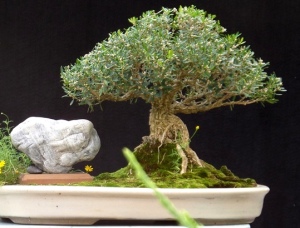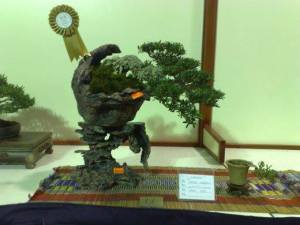Malpighia coccigera
Common name Singapore Holly, Dwarf Holly or Miniature Holly. This dwarf evergreen shrub is said to have its origins in the West Indies. It has dark green glossy leaves with undulate margins and spines at the tips of each lobe which is somewhat similar in appearance to the leaves of the hollies (Ilex) genus. However, it actually belongs to the Malpighiaceae or Barbados cherry family.
Malpighia coccigera or Singapore Holly grows well in well-drained humus rich soil either in full sun or in natural light shade area. It has small whitish pink colour flowers bloom all year and occasionally bearing some small bright red cherries after the bloom. It’s a specie highly recommended for condominium dwellers to grow at their balcony either as bonsai or as house hood plant.






































































